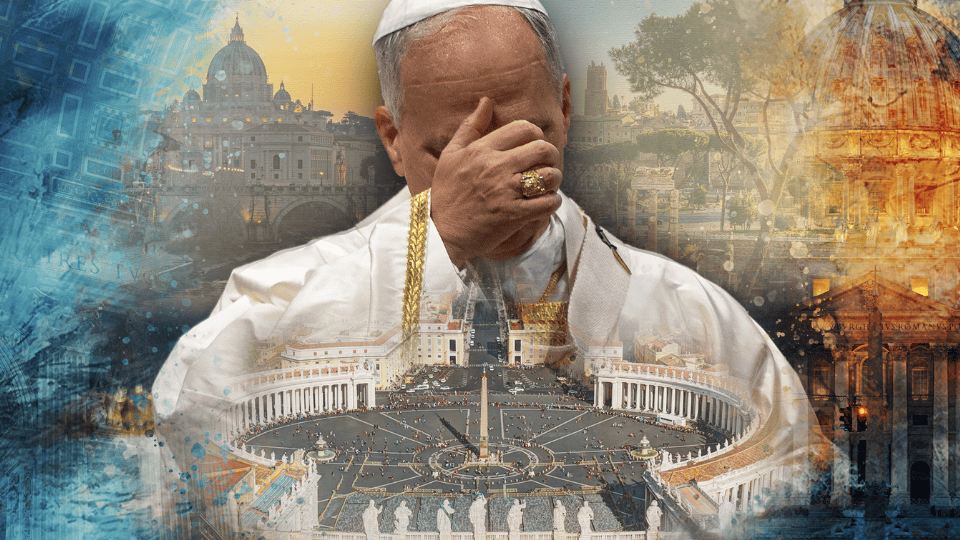When Pope Leo XIV formally took possession of Rome’s cathedral, St. John Lateran, on May 25, he was not only assuming the role of Bishop of Rome—he was embracing an identity he has carried for decades. Greeting the mayor of Rome with the simple words, “I am Roman”, the first U.S.-born pope placed himself firmly within the heart of the Eternal City.
Roots in Rome: The Angelicum Years
Pope Leo’s Roman story began more than forty years ago. In 1981, a young Augustinian friar named Robert Prevost arrived at the Pontifical University of St. Thomas Aquinas, the Angelicum, to study canon law. Over the next six years, he would complete both a licentiate and doctorate, focusing his thesis on the role of the local prior in the Augustinian order.
Today, the Angelicum takes pride in counting him among its most distinguished alumni—only the second pope in history to have completed doctoral work there, after St. John Paul II. For students walking the same halls today, his election is both an inspiration and a reminder that their studies can shape the future of the Church.
A Son of Augustine
Rome was also home for Prevost during his years as Prior General of the Augustinians from 2001 to 2013. The Basilica of St. Augustine, with its treasured community life and daily prayer, formed part of his spiritual landscape. His confrères remember him not only as a leader but as a brother, a man able to unite deep Augustinian spirituality with practical leadership and theological insight.
In his first appearance as pope, he carried a cross gifted to him by his order, reminding the world of his words: “I am a son of Augustine.”
Returning the Pope to Castel Gandolfo
Pope Leo has already revived a tradition long set aside. In July 2025, he became the first pontiff since Benedict XVI to return to Castel Gandolfo, the papal summer residence overlooking Lake Albano. Unlike past popes who stayed in the Apostolic Palace, Leo chose the Villa Barberini, nestled in the gardens of the papal estate.
His presence was met with joy from locals who had long considered the pope’s summer visits a vital part of community and spiritual life. Over two weeks, he celebrated Mass in the Augustinian-linked parish of St. Thomas of Villanova, met pilgrims from across the globe, welcomed Ukrainian President Volodymyr Zelensky for peace talks, and celebrated the first-ever Mass for Creation in the Laudato Si’ gardens.
He even visited the Vatican Observatory, peering at the Sea of Tranquility on the anniversary of the Apollo 11 landing—a gesture blending faith, science, and wonder.
A Marian Devotion
From the first moments of his pontificate, Pope Leo has emphasized devotion to the Blessed Virgin Mary. On the night of his election, he led the crowds in St. Peter’s Square in a prayer of the Hail Mary. Days later, he visited the Basilica of St. Mary Major to pray before the beloved icon Salus Populi Romani, continuing a tradition cherished by many popes before him.
But perhaps most revealing was his early pilgrimage to Genazzano, where he entrusted his papacy to Our Lady of Good Counsel. The miraculous fresco, believed to have appeared in 1467, has long inspired both locals and Albanian Catholics who venerate the Virgin under this title. For Pope Leo, himself an Augustinian, the shrine carries particular significance.
Becoming Roman
Though born far from Rome, Pope Leo XIV has long been at home in the Eternal City—whether as a student, a friar, a leader, or now as the Bishop of Rome. As history has shown, few popes are Romans by birth. But all become Roman in the deeper, spiritual sense: heirs to a legacy rooted in the city of Peter and Paul, shepherds walking with their people in faith.
As Pope Leo himself told the people of Rome: “Through you and with you, I am Roman—sono romano.”
SIGN UP FOR OUR NEWSLETTER HERE
Adapted by Jacob Stein
